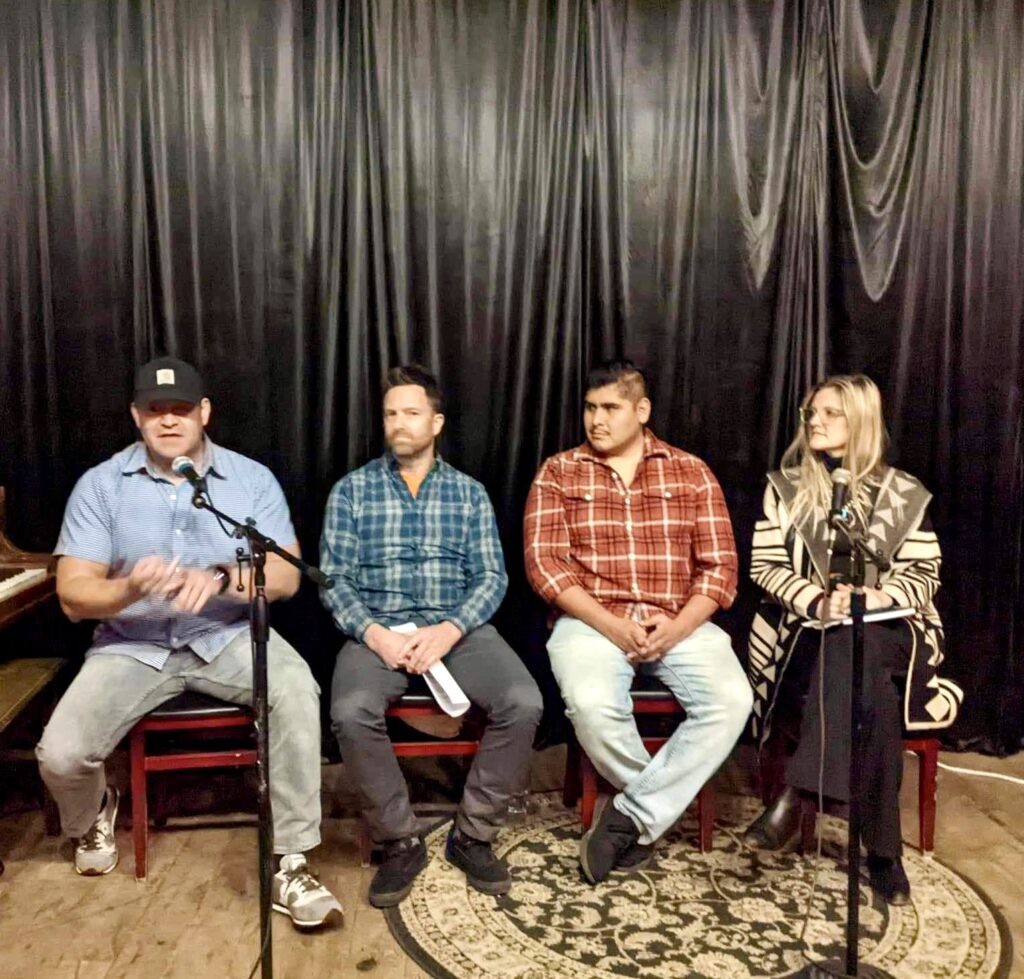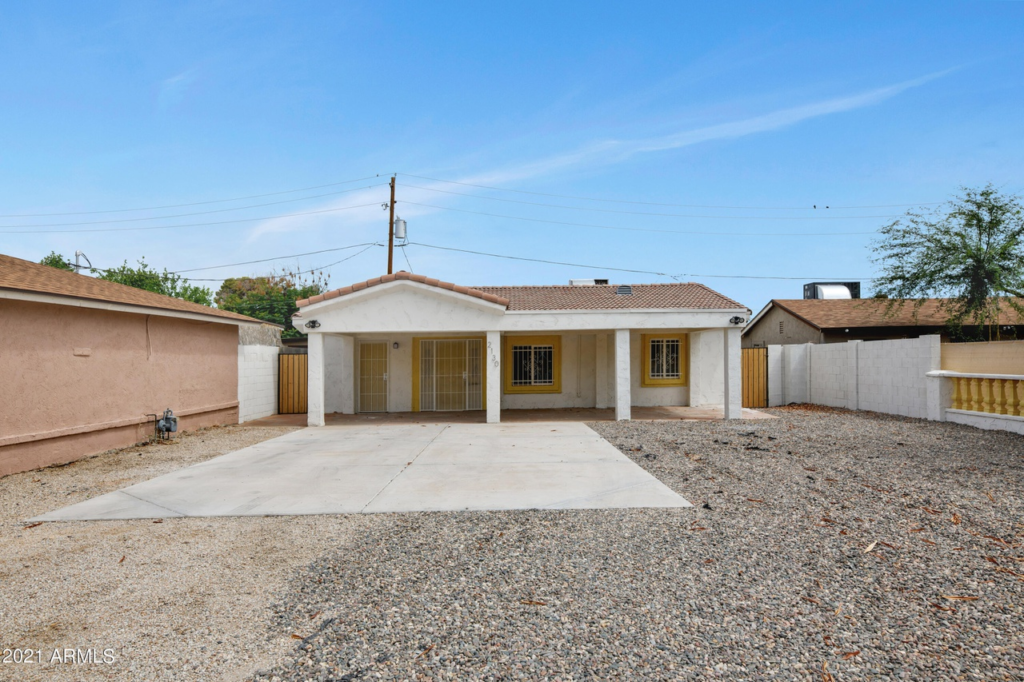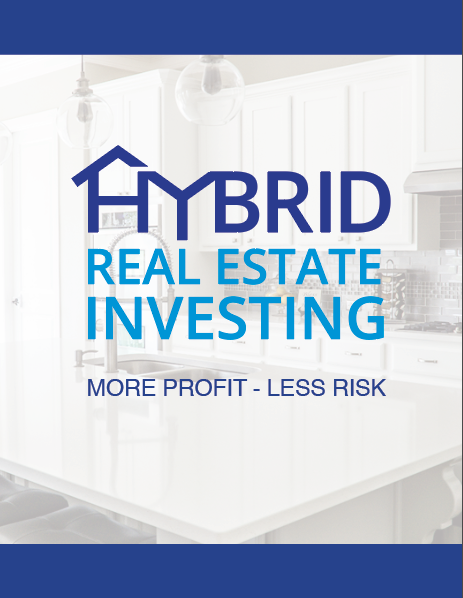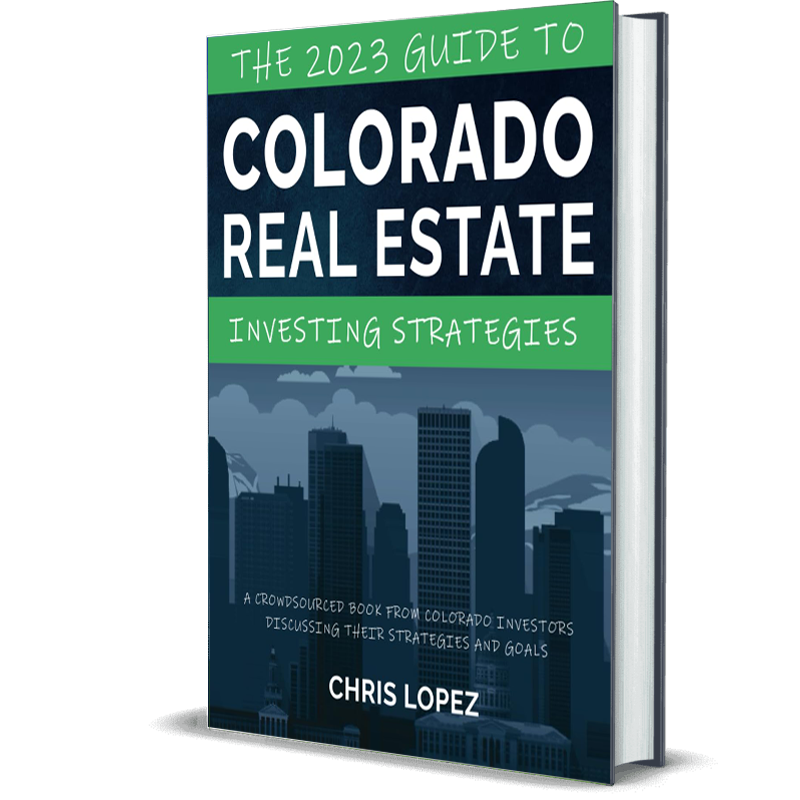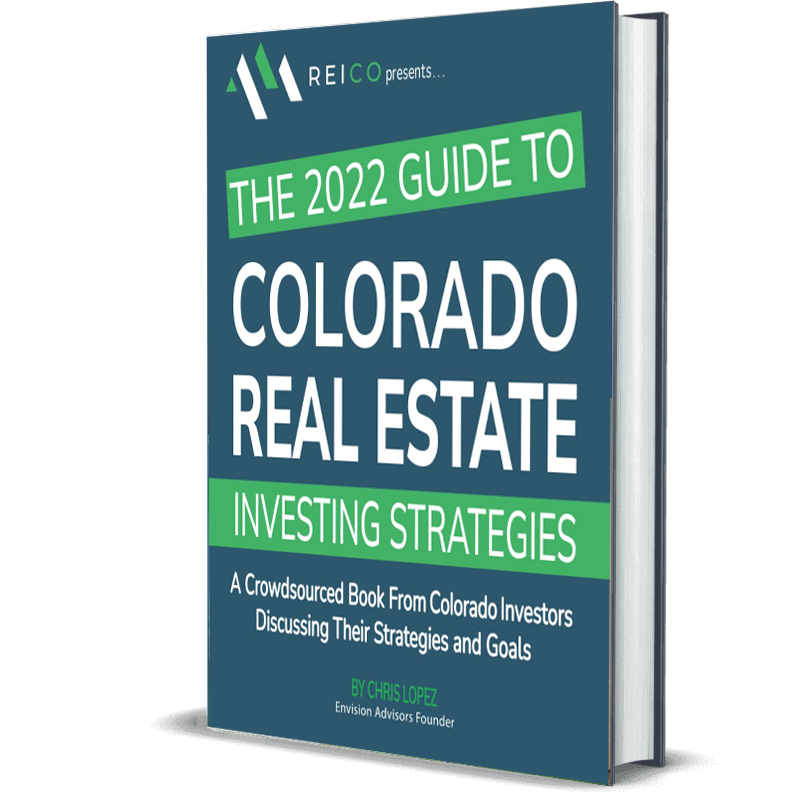1007 Shar Lane Blvd, Millville, NJ 08332
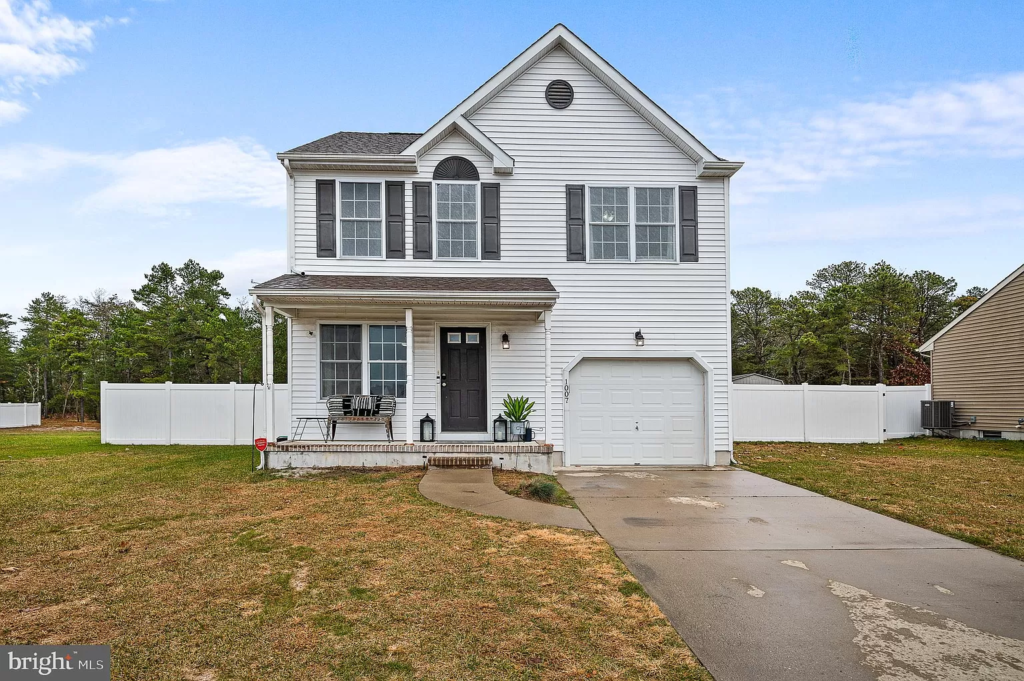
 3 Beds |
3 Beds |  3 Baths |
3 Baths |  1,272 Sq Ft
1,272 Sq Ft
Turnkey, no landlord headaches!
This classic colonial home has a front porch that welcomes you home to sit and enjoy the view of your lovely neighborhood. Entering through the front door, Luxury Vinyl flooring flows into the living room and dining area. This open-concept space will be great for enjoying your downtime and loved ones. There’s a sliding glass door off the dining area leading you to the deck, connecting the indoor and outdoor entertaining areas.
The kitchen offers plenty of counter workspace with granite countertops, a double under-mount stainless steel sink with a window overlooking the backyard, Oak Cabinetry, stainless steel appliances, and tile flooring. The powder room is just off the kitchen for your convenience. In addition, access to the garage is right off the kitchen, so you can keep your vehicle out of the elements all year round!
Upstairs three ample-sized bedrooms and two full bathrooms offer privacy, rest, and comfort for everyone in the household. It’s a dream to retire to this primary suite which has vaulted ceilings, making it feel wonderfully spacious, there’s a walk-in closet and en-suite bathroom. Enjoy your at-home spa days in the amazing primary bathroom which has a granite-topped vanity, tile flooring, a huge corner tub, and an oversized stall shower.
You’ll find joy in going to bed and waking up here every day. Two additional bedrooms share the hall bathroom. The hall bathroom has a tub/shower and granite-topped vanity. All of the bedrooms on the second floor and the hallway have neutral carpet which flows seamlessly throughout.
Downstairs there’s an unfinished basement that has a laundry area. This space could be finished into additional living space. It’s a blank canvas and has so much potential to be even more!
Outside there’s an outdoor oasis waiting for its next family to love it! You can let your children and fur babies run and play outside in this huge backyard, safely and with confidence! It backs up to a wooded area for beautiful natural privacy. There’s a deck off the home for you to enjoy grilling and relaxing during your downtime. The above-ground pool offers you a place to cool off during the summer months. Enjoy S’mores under the stars as you sit around the built-in fire pit.
(The property is subject to change.)
The Buyer
Ciara is a paralegal and currently owns a multifamily rental and rents where she lives. She wants to buy a primary residence to provide a better environment for her child. She can afford the payment with her current income and has cash reserves. Her fiance also makes good money but we are not using his income in our underwriting.
She is already approved for a home loan of $100k through Navy Federal and needs to increase her credit score and lower her DTI to increase her purchasing power and be approved for a $200k-$300k home loan. She would like 7 years to give her time to pay down her student loans.
The Numbers
| Money from Buyer: $39,000 Amount from Investor: $42,000 | BUY: $270,000 SELL: $330,000 |
| Cash Flow: $675/mo IRR: 25% | TERM: 7 years PROFIT: $96,000 |
Hybrid Real Estate Investing – A Better Way To Invest In Real Estate
The Hybrid REI Model Gives Real Estate Investors What They Want!
- Cash Now: We bring you a property with a vetted resident ready to move in the day you close. They pay a non-refundable option fee to purchase the property. And the best part is you own the property and retain the tax benefits until they exercise their option to purchase.
- Cash Flow: We have pre-qualified the buyer who has a good income and will be responsible for 95% of the maintenance and repairs so virtually all of the cash flow goes to the bottom line.
- Cash Later: Then you sell at the appreciated price when the resident secures their own mortgage within a predetermined time frame with the help of our team. They are now proud homeowners and your increased capital is freed up to do another deal!
Interested?
Please schedule a call with our team ASAP to discuss acquiring this deal. Our deals usually go pretty quickly, so please schedule with us now if you’re interested.
Book a call with me at -> https://hybridrealestateinvesting.com/call or fill out the form below and we’ll be in touch.
Get Notified When We Have Opportunities
Investor Referral Program
Who else do you know who might like to passively earn a double-digit return with income-producing real estate? With our “Investor Referral Program,” you get a $1,000 referral bonus!
